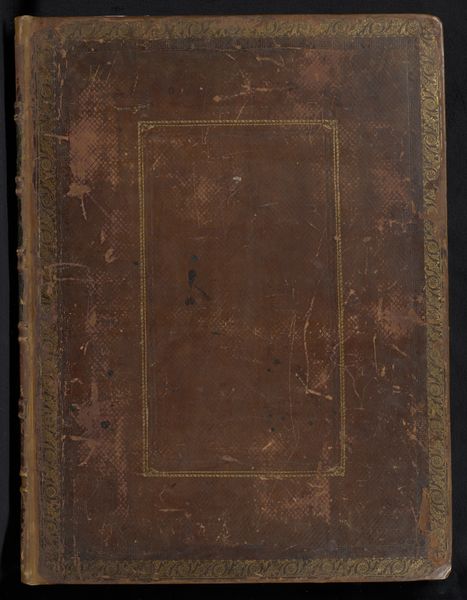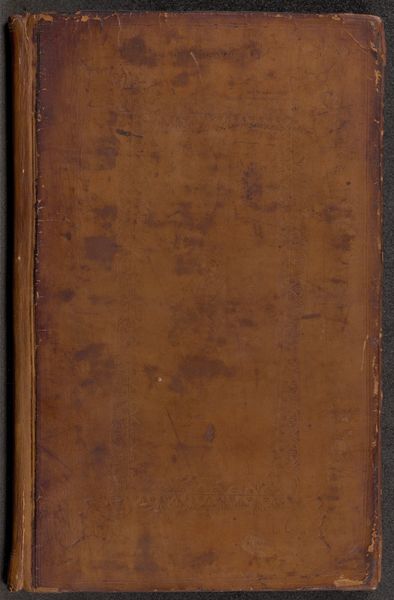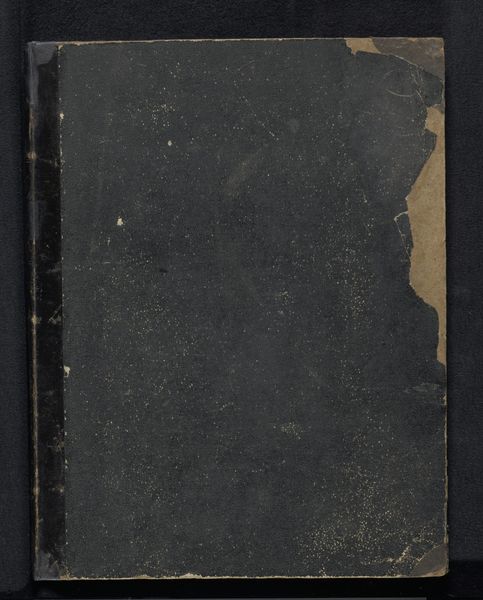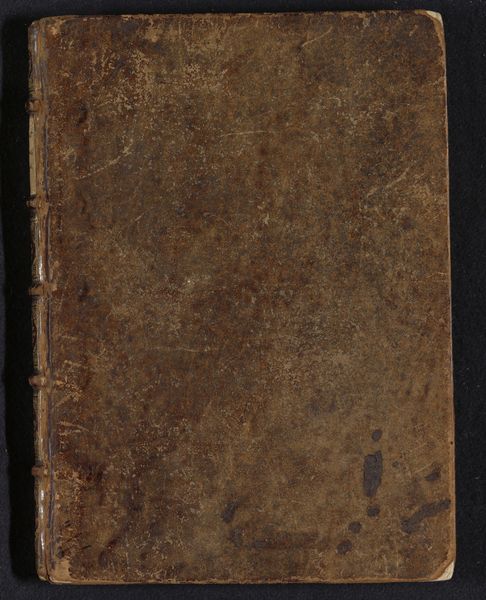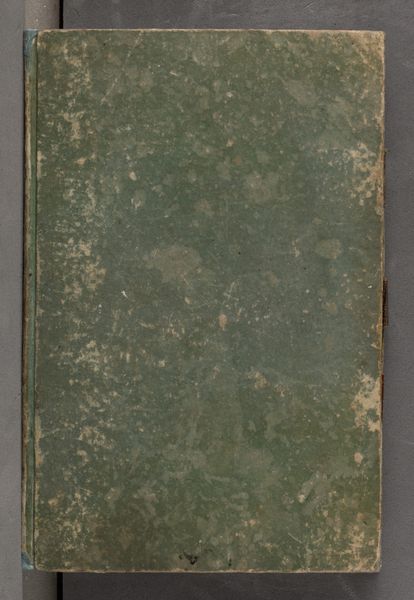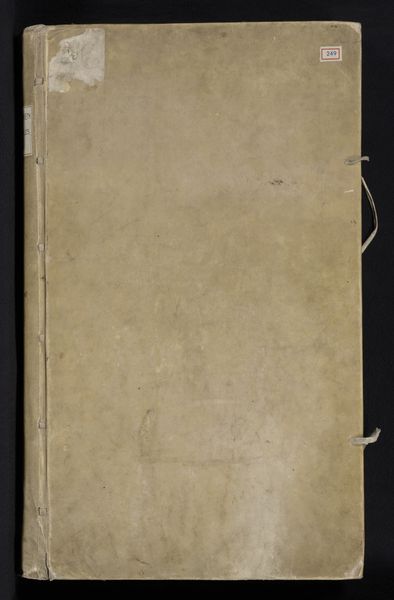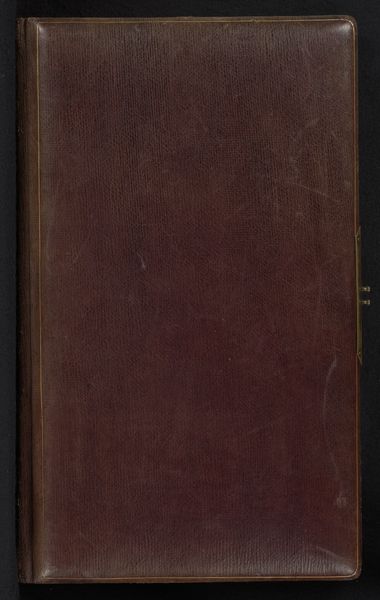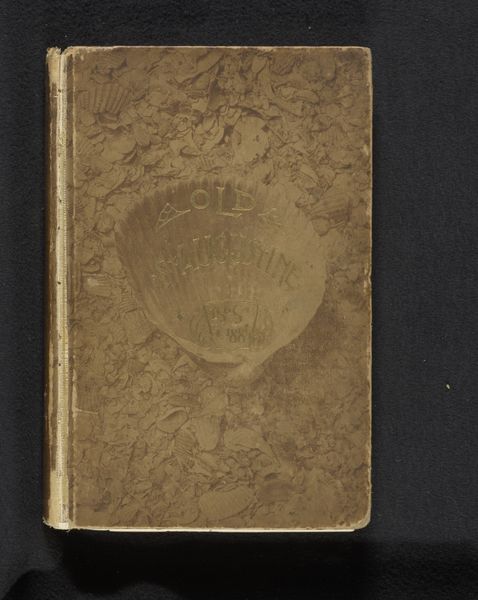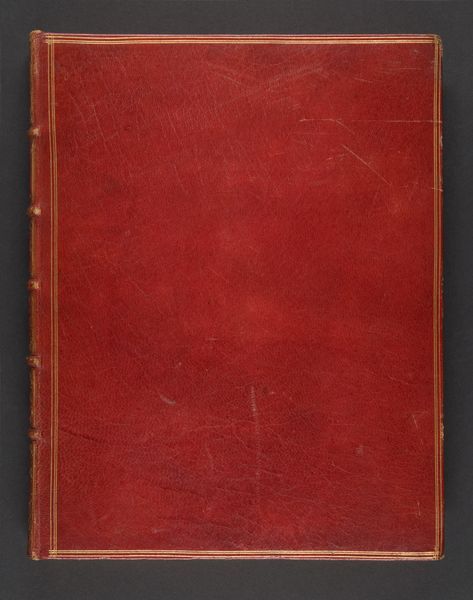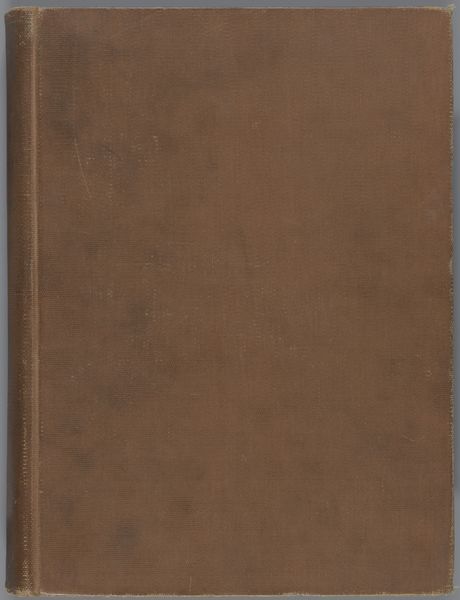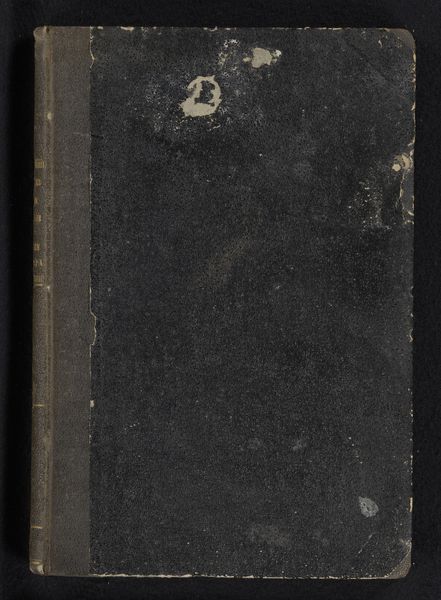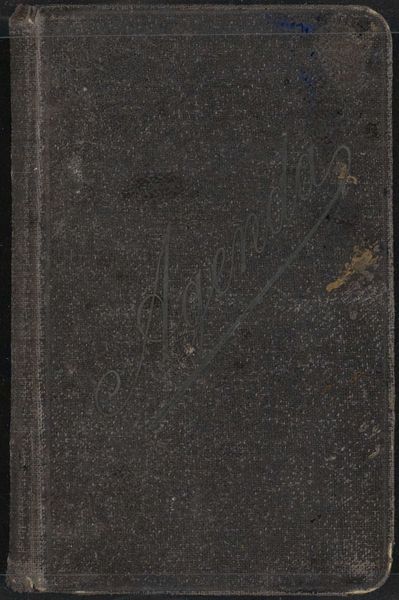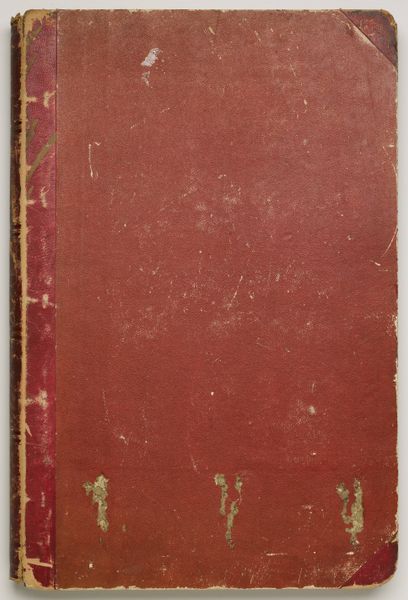
print, photography, albumen-print
#
portrait
#
dutch-golden-age
# print
#
photography
#
coloured pencil
#
folk-art
#
albumen-print
Dimensions: height 278 mm, width 240 mm, thickness 21 mm, width 464 mm
Copyright: Rijks Museum: Open Domain
Curator: At first glance, I see something akin to an old leather-bound journal. Its muted brown hue makes me think of sepia-toned memories, almost like a time capsule. Editor: Indeed. What we have here is a photo album titled "Fotoalbum met 48 foto's van Nederlandse klederdrachten," dating back to sometime between 1860 and 1890. It’s currently held in the Rijksmuseum. It's more than just a collection of photographs; it's a window into Dutch folk culture during a specific period. Curator: The phrase “Nederlandse Klederdrachten” really catches my eye, as clothing has always carried huge symbolic weight. These aren't just outfits; they represent community identity and heritage, perhaps even social status. What stories do these clothes whisper about the lives of those who wore them? Editor: That's precisely the point. Albums like these were often commissioned or compiled to document and, in some ways, also codify what was seen as authentic Dutch identity. There was growing interest at the time to celebrate the rural and folk traditions amid rapid modernization and urbanization. Photography played a key role in shaping and controlling that national narrative. Curator: I’m imagining each garment meticulously chosen to signal tradition and local distinctiveness. There’s such emotional resonance to consider. The photos themselves act as relics imbued with meaning—especially now. These were conscious portrayals meant to preserve cultural memory. Editor: Absolutely. Each carefully posed portrait freezes a moment in time, yes, but they are also artifacts shaped by broader political forces, such as emerging national consciousness and even tourism. How were such albums viewed and utilized within Dutch society at the time? Did people proudly display their family wearing klederdrachten, or was it seen more like a commercial commodity catering to outside perceptions? Curator: It makes me wonder about the relationship between identity and image and to what degree are those photographed truly participating versus playing a character within somebody else’s cultural projection. What purpose were these meant to serve long-term? Editor: Precisely. The creation and consumption of albums of this kind speaks to anxieties about national character and preservation. Understanding such artworks offers a revealing glimpse into the negotiation of cultural memory in 19th-century Netherlands. Curator: This exchange truly brings home how such an album, at first so still and reserved, blossoms with life and resonance once we examine its layers of history, meaning and representation. Editor: Yes, it reminds us that a photograph is not just a mirror to the past, but an active participant in shaping how we understand it today.
Comments
No comments
Be the first to comment and join the conversation on the ultimate creative platform.
